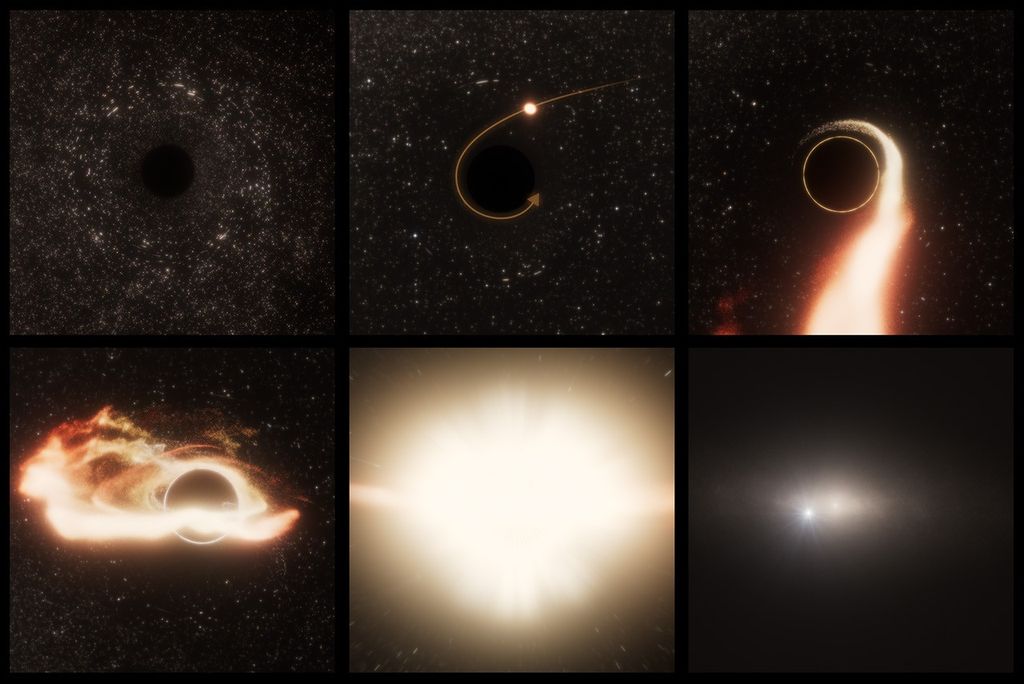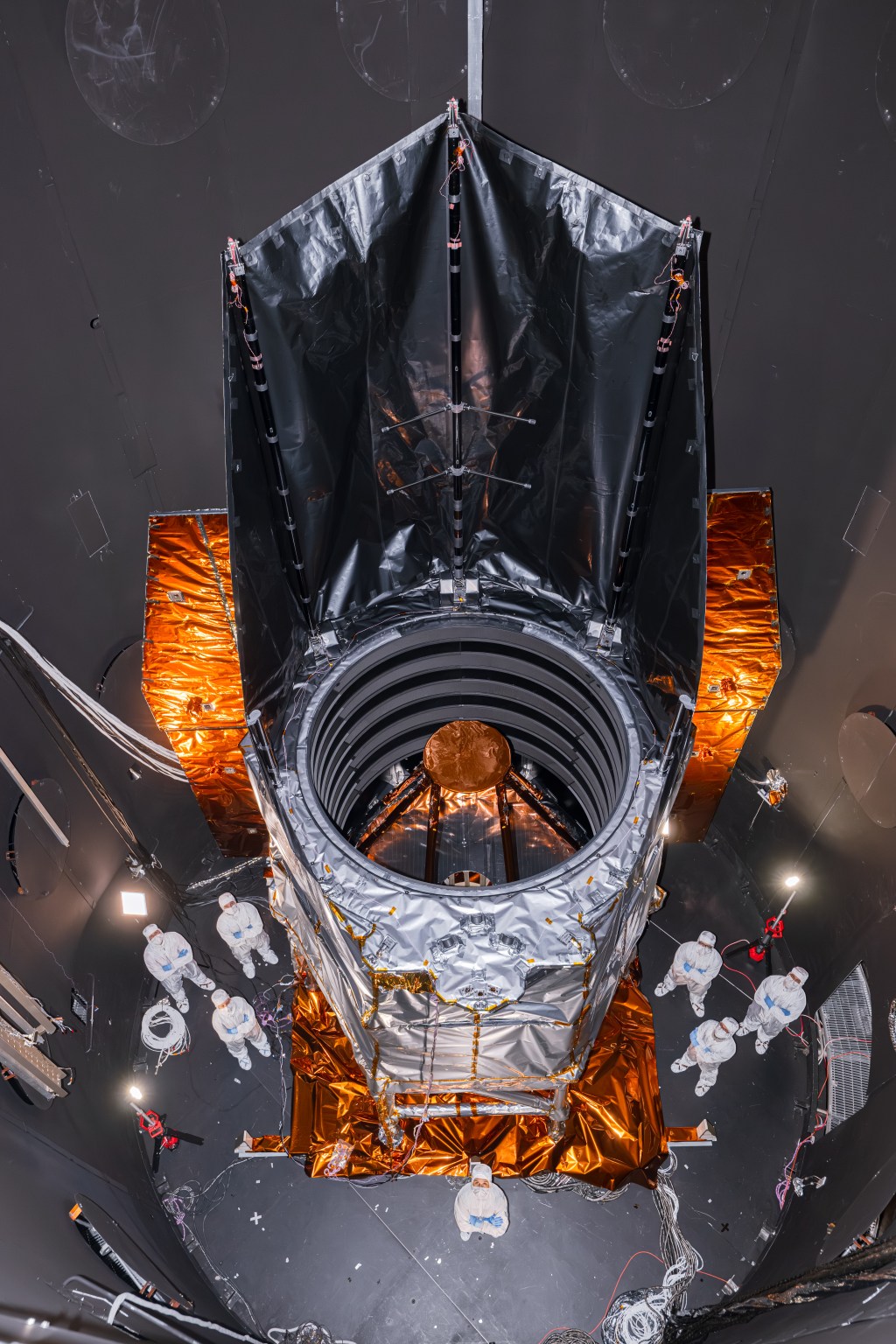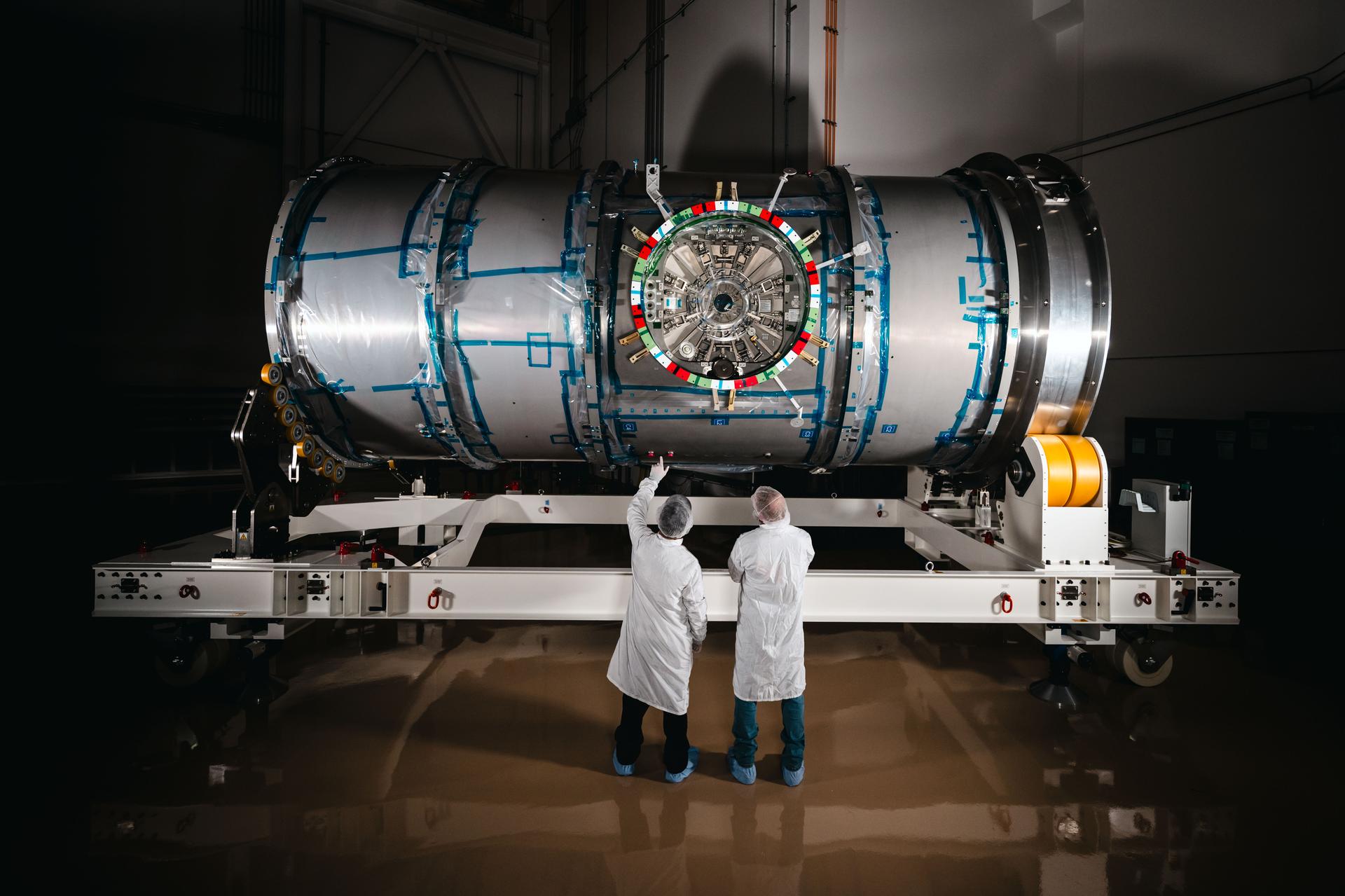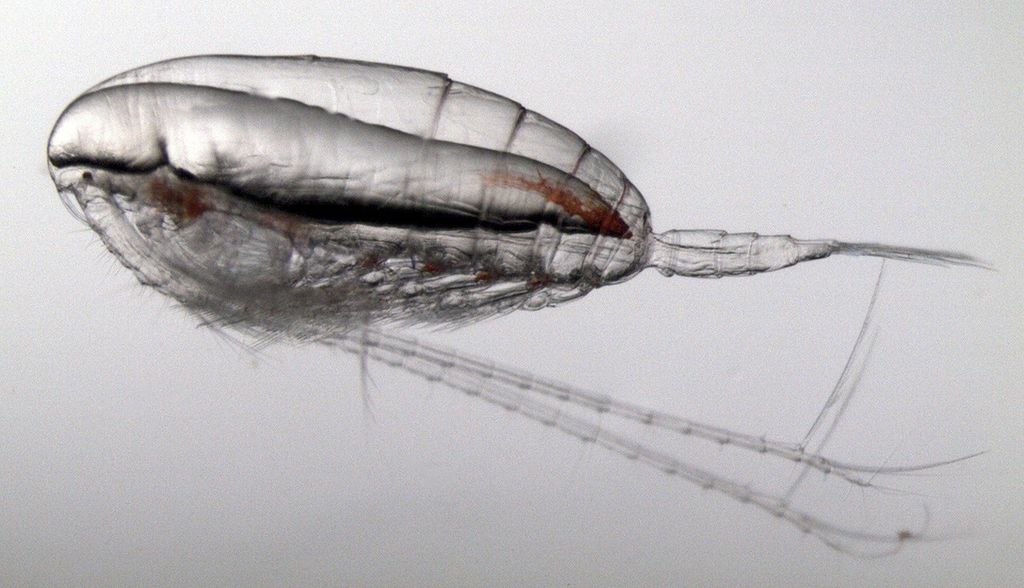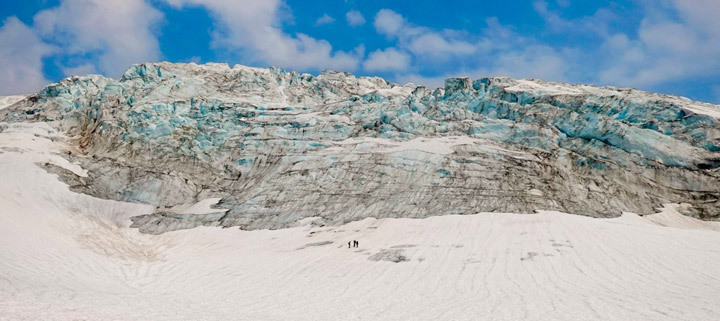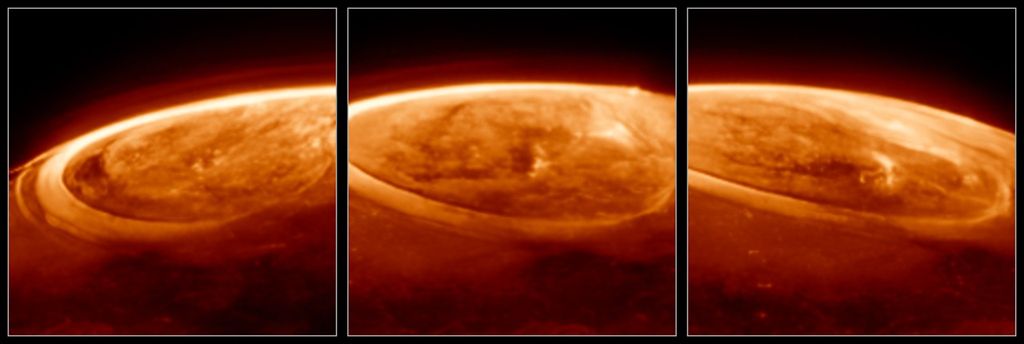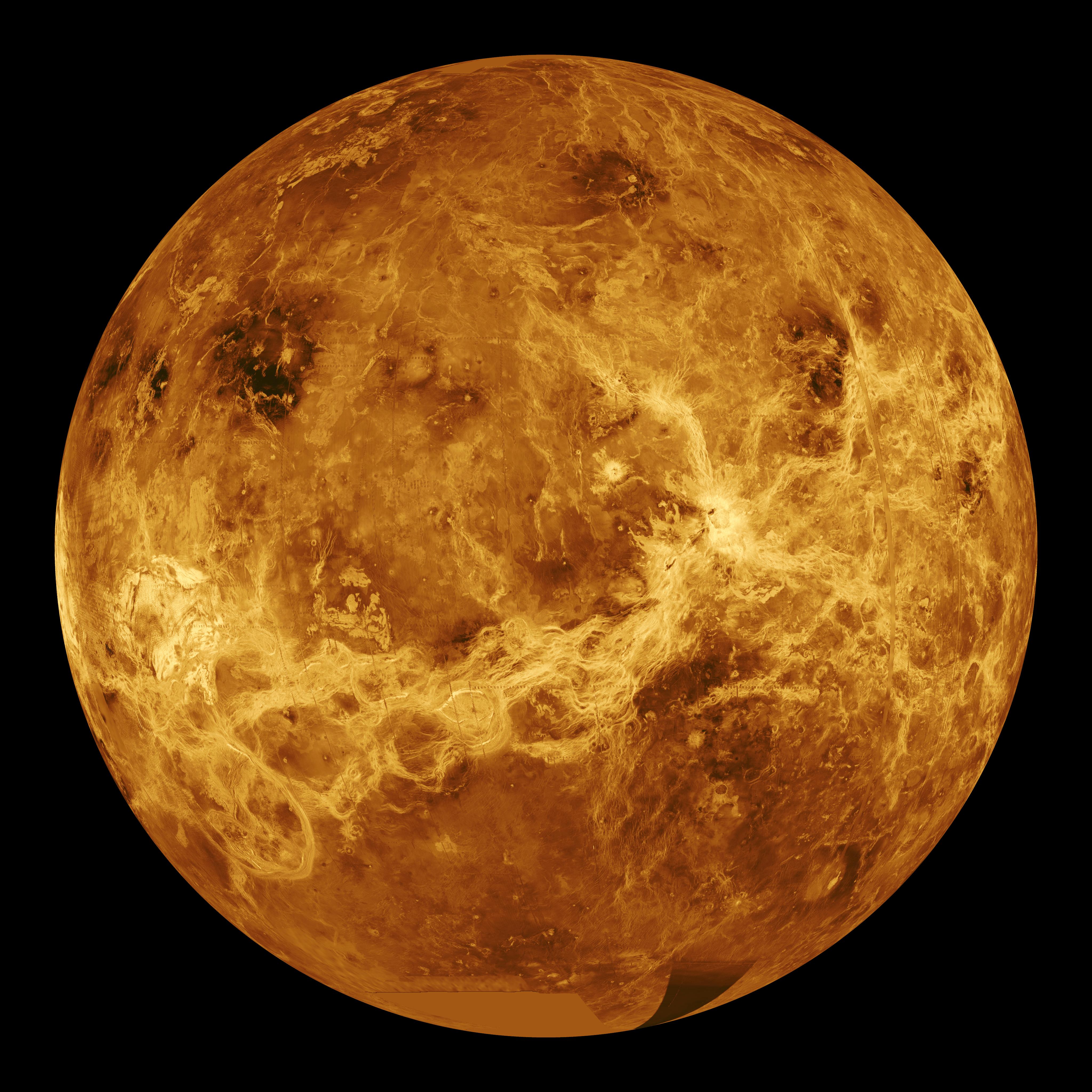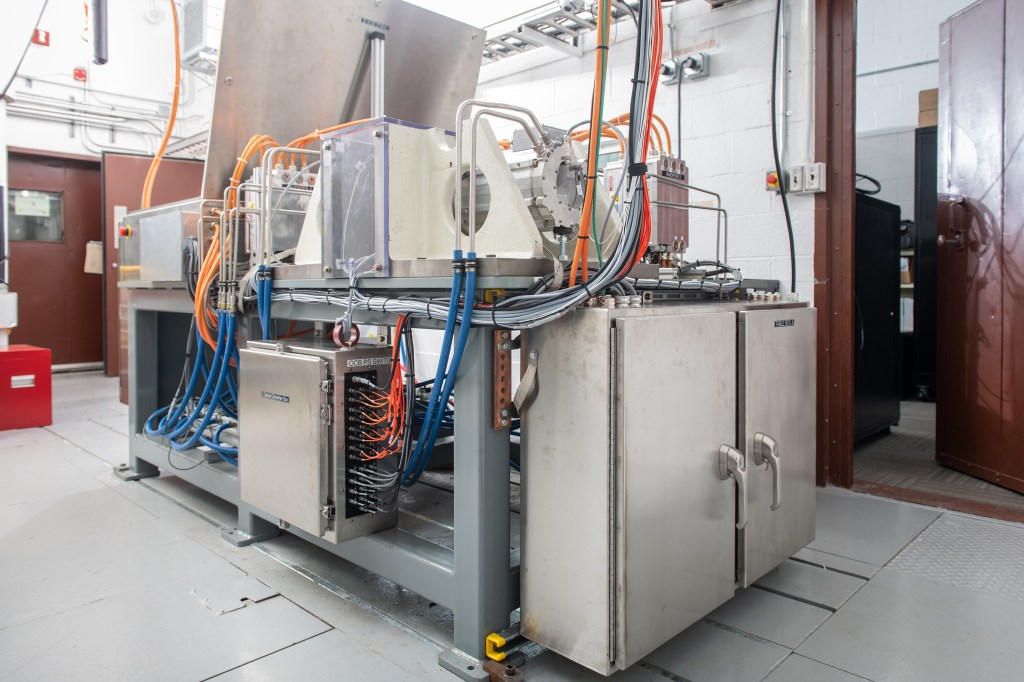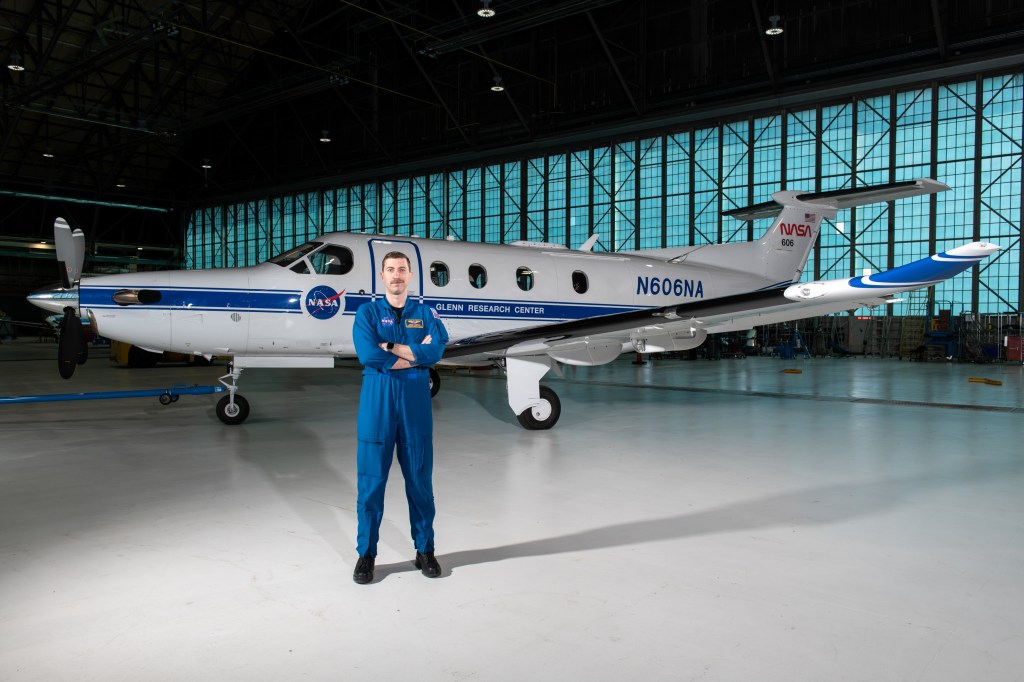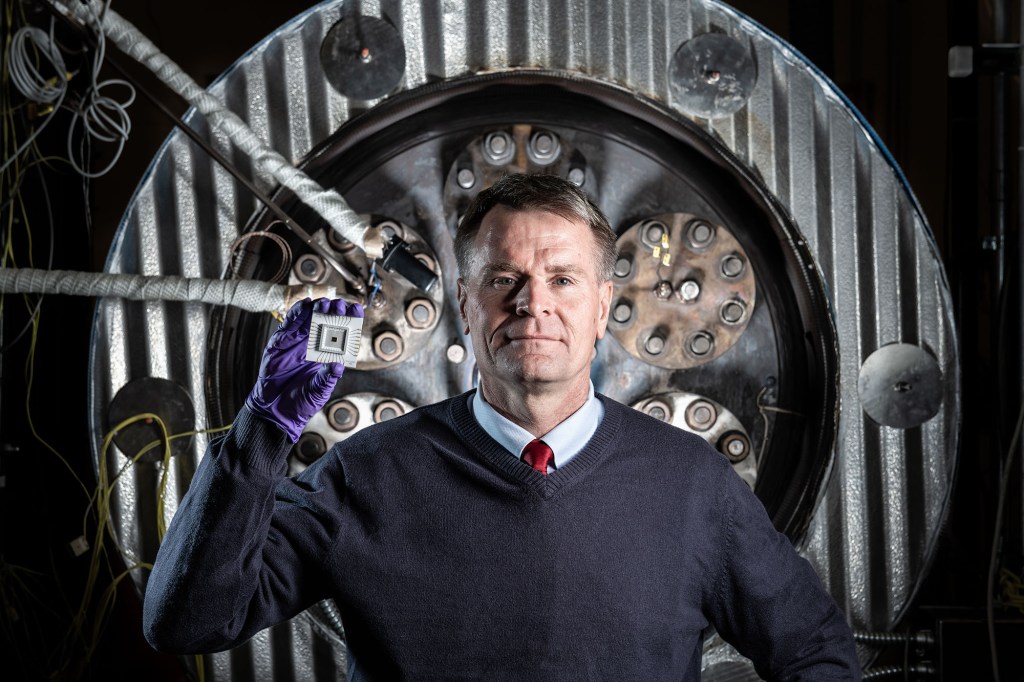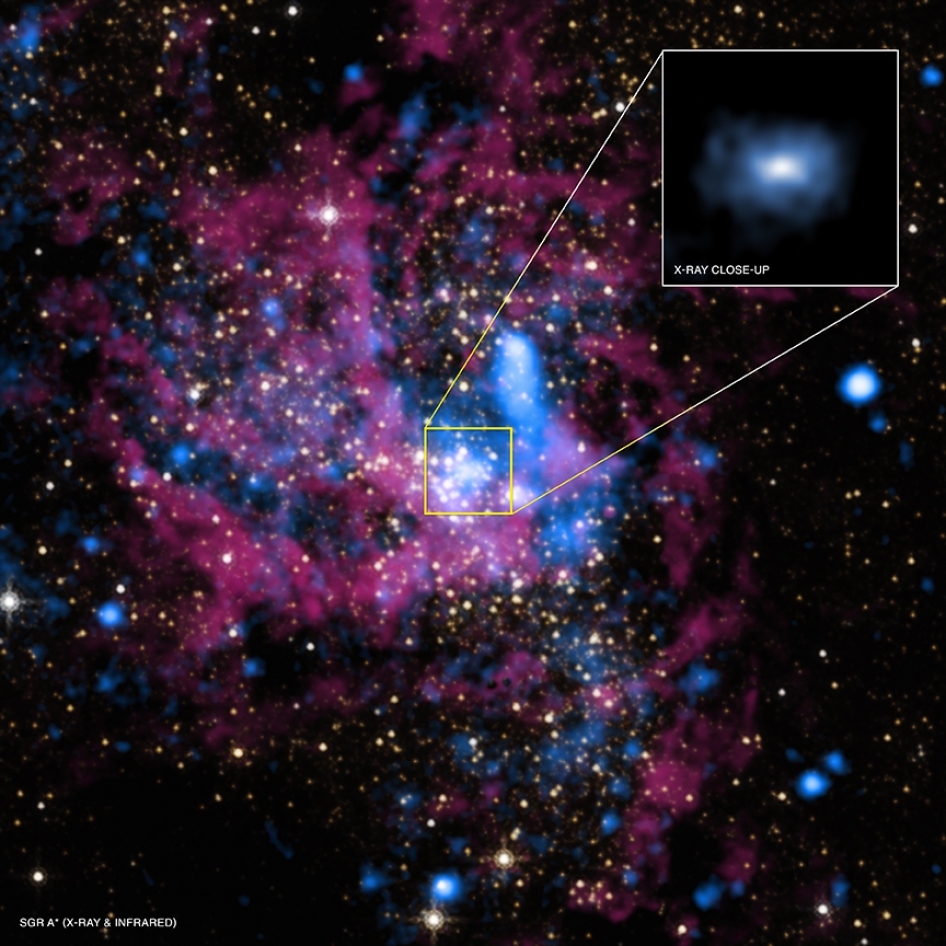1 min read
Hubble Picture Adds to Planet-Making Recipe
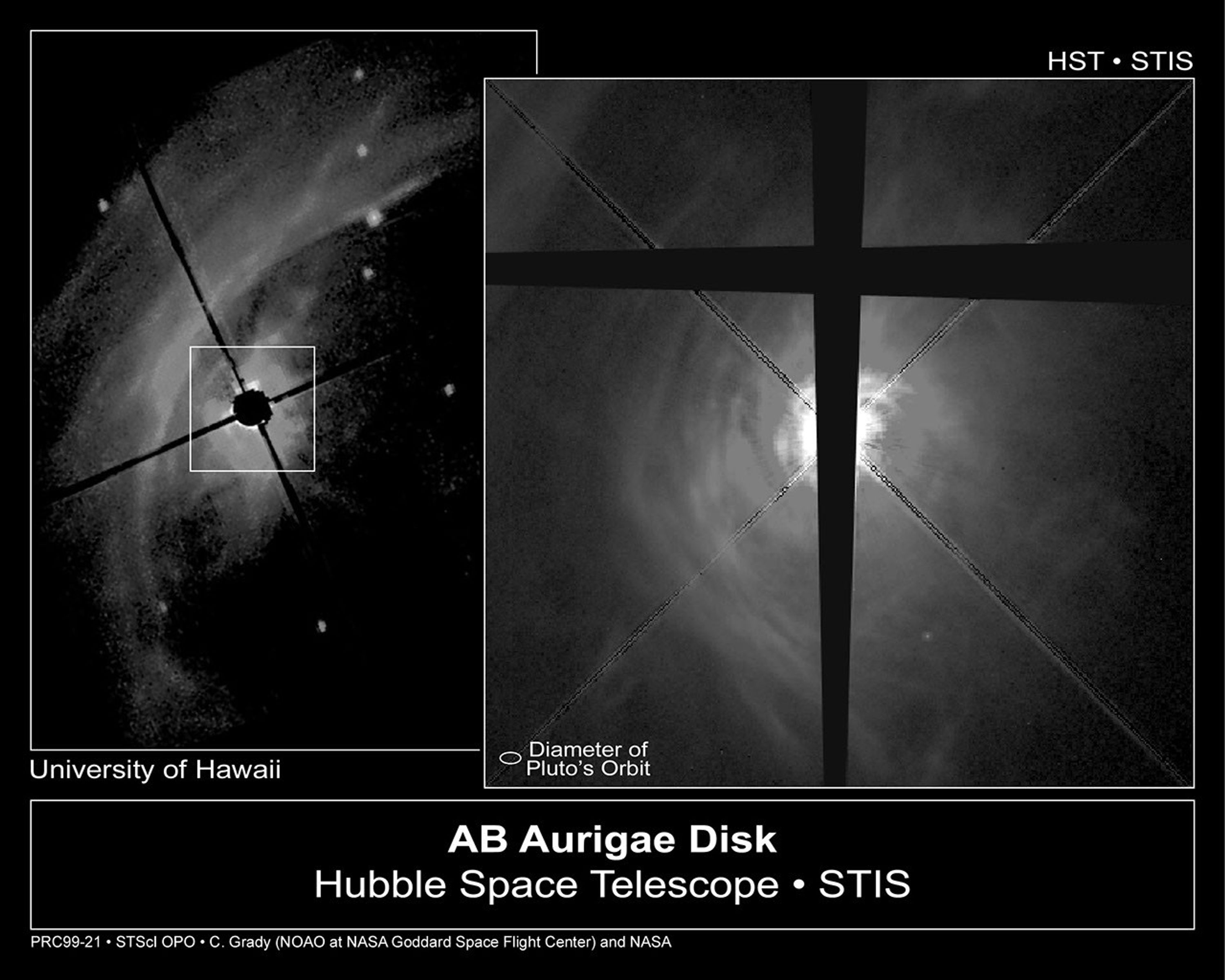
NASA's Hubble Space Telescope has snapped a nearly face-on view of a swirling disk of dust and gas surrounding a developing star called AB Aurigae. The Hubble telescope image, taken in visible light by the Space Telescope Imaging Spectrograph, shows unprecedented detail in the disk, including clumps of dust and gas that may be the seeds of planet formation.
Normally, a young star's bright light prevents astronomers from seeing material closer to it. That's why astronomers used a coronograph in these two images of AB Aurigae to block most of the light from the star. The rest of the disk material is illuminated by light reflected from the gas and dust surrounding the star.
The image on the left represents the best ground-based coronographic observation of AB Aurigae. Paul Kalas of the Space Telescope Science Institute took the image with the University of Hawaii's 2.2-meter telescope. The telescope's coronograph eclipsed a 33.5-billion-mile (53.6-billion-kilometer) area centered on the star. This area is nine times larger than our solar system. The picture shows that the star resides in a region of dust clouds - the semicircular-shaped material to the left of the star.
The Hubble telescope image on the right shows a windowpane-shaped occulting bar - the dark bands running vertically through the middle of the image and horizontally across the upper part of it. The occulting bar covers the innermost part of the disk and star, about 7.1 billion miles (11.5 billion kilometers) or 1.4 times our solar system's diameter. The diagonal lines are the remnants of the diffraction spikes produced in Hubble telescope images of bright stars.
The disk is extremely wide: its diameter is roughly 1,300 times Earth's distance from the Sun. The disk material seen in this image is at a distance equivalent to well beyond Pluto's orbit. One faint background star is visible at 5 o'clock.
The star's disk shows a wealth of structure, with bright spiral-shaped bands from 9 o'clock to 6 o'clock and closer to the star from 12 o'clock to 3 o'clock. The outermost of these bands are seen in the ground-based image. The imaging spectrograph data show that these bands are themselves composed of numerous smaller bands. The smallest features include some bright knots of material to the left of the star. These knots are close in size to the resolution limit of the Hubble telescope and have diameters 1.3 to 3 billion miles (2 to 5 billion kilometers) wide or 14 to 32 times Earth's distance from the Sun. The brightest knot is at 9 o'clock.
The image was taken Jan. 23 and 24, 1999. False colors were used to bring out details in AB Aurigae's disk. The wavelength range is 2,000 to 10,100 Angstroms.
About the Object
- R.A. PositionR.A. PositionRight ascension – analogous to longitude – is one component of an object's position.04h 55m 45.84s
- Dec. PositionDec. PositionDeclination – analogous to latitude – is one component of an object's position.30° 33' 4.29"
- Object NameObject NameA name or catalog number that astronomers use to identify an astronomical object.AB Aurigae
- Release DateJune 2, 1999
- Science ReleaseHubble Picture Adds to Planet-Making Recipe
- CreditC.A. Grady (NOAO, NASA Goddard Space Flight Center), B. Woodgate (NASA Goddard Space Flight Center), F. Bruhweiler (Catholic University of America), A. Boggess (Catholic University of America), P. Plait (ACC, Inc., NASA Goddard Space Flight Center), D. Lindler (ACC, Inc., NASA Goddard Space Flight Center), M. Clampin (Space Telescope Science Institute), and NASA; Ground-based image: P. Kalas (Space Telescope Science Institute)
Share
Details
Claire Andreoli
NASA’s Goddard Space Flight Center
Greenbelt, Maryland
claire.andreoli@nasa.gov


